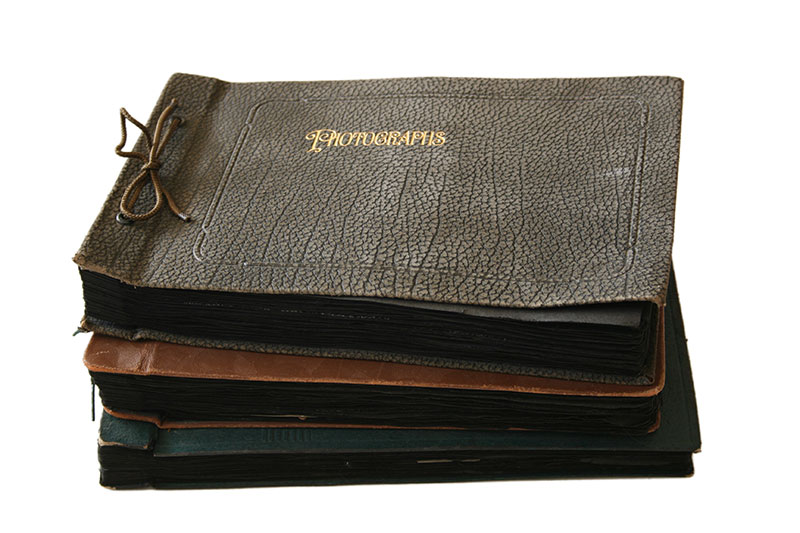Photo Albums
Photo Album Scanning Service Toronto and GTA
Photo Album Scanning Service Toronto and GTA

We offer a full range of services to convert and scan your photo albums into digital files. Call us at 416 479 0903 for a Free Quote.
Many of us have sat down among friends or family and flipped through the pages of old memories, bound together in a Photo Album. The act of which, in itself, has been perceived as a valued family tradition throughout the last century. Elders could pass along stories and lineage with the added context of photographs, in volumes that could hoped to be shared for generations to come.
It’s not unusual for Photo Albums to contain an eclectic mix of images or articles other than the commonly sized consumer prints, perhaps decorative, resembling something closer to a scrapbook. This is common with photo albums which would allow for the free placement of content against an adhesive page, opposed to the pocketed plastic sheets that are often fitted for specifically sized prints (5 x 7, 8 x 10 etc.).
In today’s world, the concept of a Photo Album still remains relevant though our primary means of viewing these photos has largely changed. Today, many of our photos are often Albumed and viewed on social media platforms or shared through text messages, or e-mails between friends and family.
Our digital society has made it possible to capture accurate imprints of old analog media, not only for sharing across popular websites like Facebook, but to make entire catalogues of family history (photo, video, audio, documents; all content) accessible from any number of digital devices, from a full sized desktop computer, all the way down to smartphone.
This ability to digitize content has solved some of the vulnerabilities inherent to physical media, including a feasible means of lasting accurate preservation, duplication without generational loss (allowing for easy sharing and backing up), and the ability to manipulate without destroying the source.
The idea that you can fit all of your family Photo Albums in your front pocket, and access it at your leisure, anytime, anywhere is a now reality.
Each page of the album is scanned as a single image.
Scanning of images inside of albums individually in situations where the photo can't be safely removed from the album page.
DPI stands for dots per inch and is a measure of resolution in digital imaging. It is an important trait to consider in photography because it affects the size and quality of the final image. A higher DPI value will give you a higher resolution image, meaning it will look sharper and crisper. If the DPI is too low, the image will look pixelated or blurry. It is important to consider DPI when printing an image, as a higher DPI value will give you a better quality print.
Click a link to jump to the topic.
Click a link to jump to the topic.
Call: 416 479 0903
Toll free: 1 866 559 1163
E-mail: info@digitaltreasury.ca
Fill out our contact form
Digital files on:
USB / hard drive / the Cloud
DVD / Blu-rays
We have a very rigorous Quality Control process which gives us the confidence to say that we completely stand behind our work and guarantee the results. If there are any issues with the quality or performance of the digital materials created (not having to do with the physical condition of your media) we will reprocess those materials at our expense, no questions / no hassles.
We are overwhelmingly committed to ensuring the Safety, Security and Privacy of our clients information: